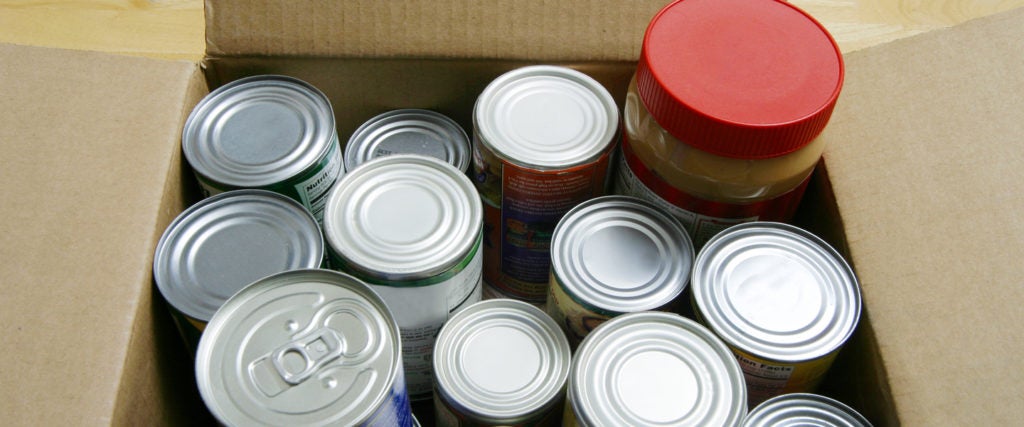Unless you revel in the thrill of role-playing fantastical doomsday scenarios, owning an emergency food supply — more than a jug of water and a can of SpaghettiOs — may seem excessive. But the CDC suggests having one. And FEMA. The DHS does, too.
Should I have an emergency food supply, though?
There’s really no way to know.
In 2015, a considerable study found that the U.S. food system would be, in more scientific terms, completely fooked if a pandemic were to emerge. But while our supply chain did experience some hurdles toward the beginning of the coronavirus pandemic, it quickly rebounded. Besides, the empty shelves we huffed at back then were largely caused by panic-buying, not an extensive failure of our food systems.
Ultimately, while we can always strive for something better — and while you may have momentarily had trouble finding your favorite snack — the U.S. food system responded remarkably well to the coronavirus, which probably should have been a time to shine for emergency food supplies and the very prepared people who own them.
However, the draw of an emergency food supply is that you never know what may happen. The Big One could strike. An even worse pandemic could arise. Aliens could swoop down and steal our fridges like the scoundrels they are. And when it comes to something as important as food, better safe than sorry, right?
None of this means you need to put on your tin foil hat and prepare a supply of beans that could feed the American people for millennia to come. But setting aside enough non-perishable food for at least a few days is a good start. When stored in cool, dry spots, FEMA provides the following guidelines for emergency foods:

You could potentially stretch the expiration dates for some of these foods if you absolutely had to. For example, the USDA says some canned foods are “safe indefinitely” if stored properly and in good condition.
But if you prefer to not mess around with that kind of thing, a premade emergency food supply may be a better option, as some can last for up to 30 years. For instance, Keith Bansemer, president of My Patriot Supply, says he and his wife stocked up on shelf-stable foods after 9/11, but were forced to throw it all out as it expired and no disasters struck. “All my hard-earned dollars rotted,” he laments.
Hence, My Patriot Supply, which sells emergency food supplies that last for at least 25 years in storage thanks in part to layered packaging and oxygen absorbers, which prevent the growth of spoilage organisms. Most of what they offer are freeze-dried carb-heavy meals, such as Creamy Chicken Flavored Rice, Buttermilk Pancakes and Mac and Cheese. But they also have gluten-free, vegetarian and even high-protein emergency food supply kits.
As for whether these pre-packaged emergency food supplies are worth the money — a one-week My Patriot Supply bucket will cost you $67 — some say yes and others say no. Bansemer, meanwhile, argues that one of these kits can be a great investment, even if the Big One never strikes. “In 20 years, you eat it when the price of food is quadrupled, because the price of food is always going up,” he says. In the last several months, prices have already gone up, so this is a fair analysis if you care to save a couple bucks by chowing down on freeze-dried meals 25 years from now.
If you do decide to buy a premade emergency food supply or make your own, you should also invest in a water-filtration system — freeze-dried foods are especially worthless without water.
In the end, if you need an emergency food supply, you’ll be glad you got one. And if you don’t, well, you can get high and eat it all in a weekend.

